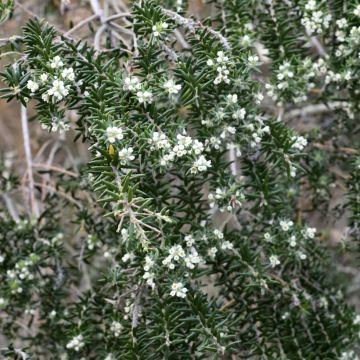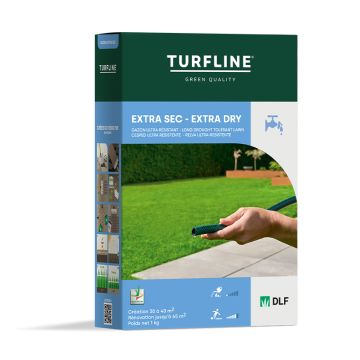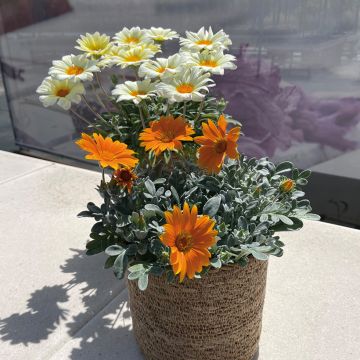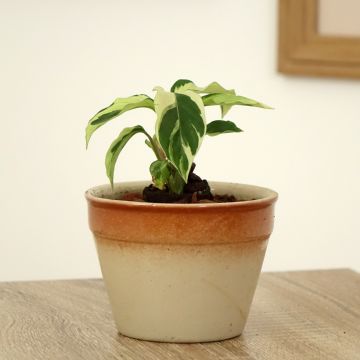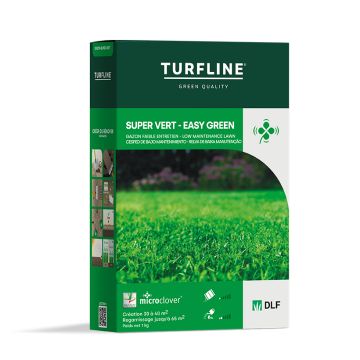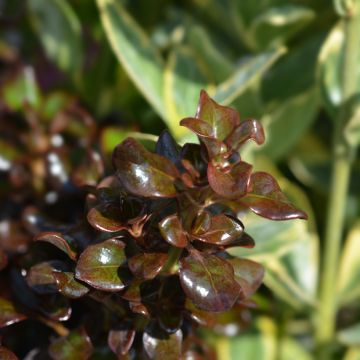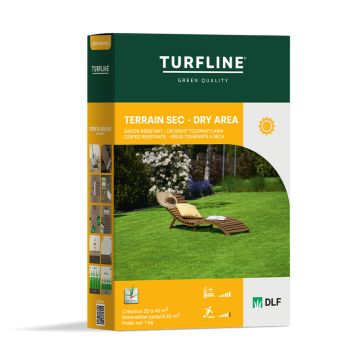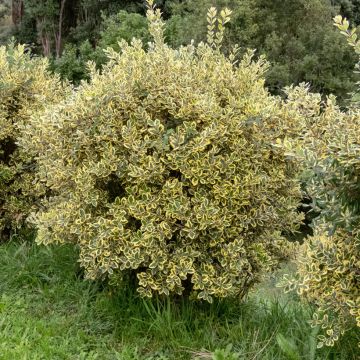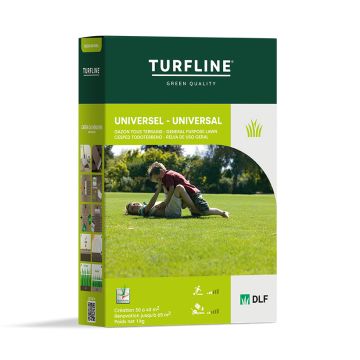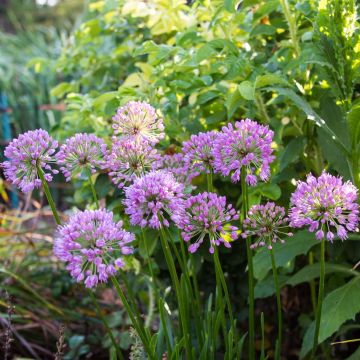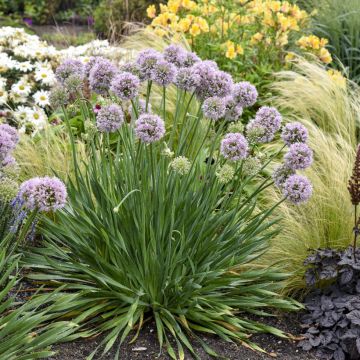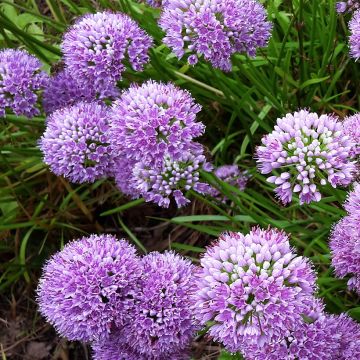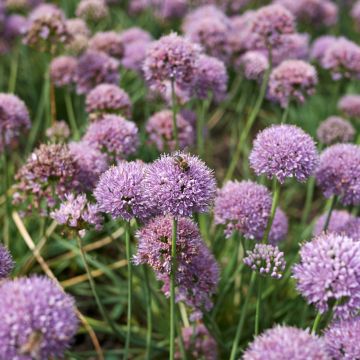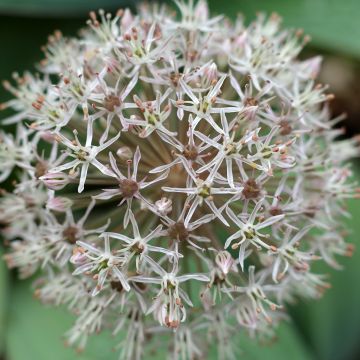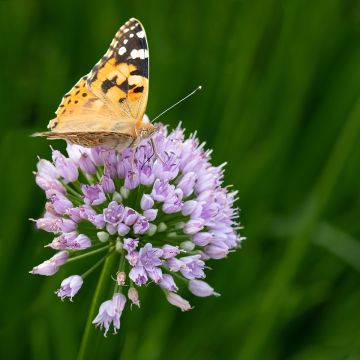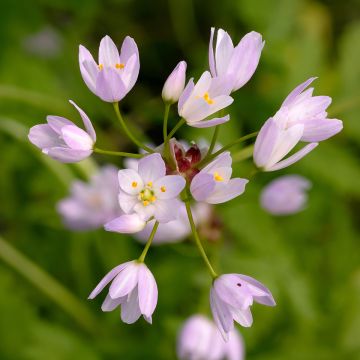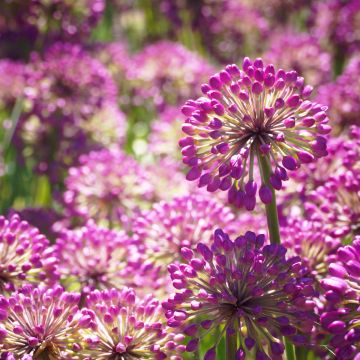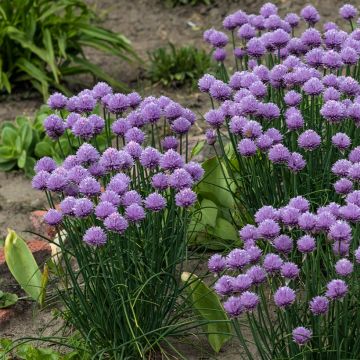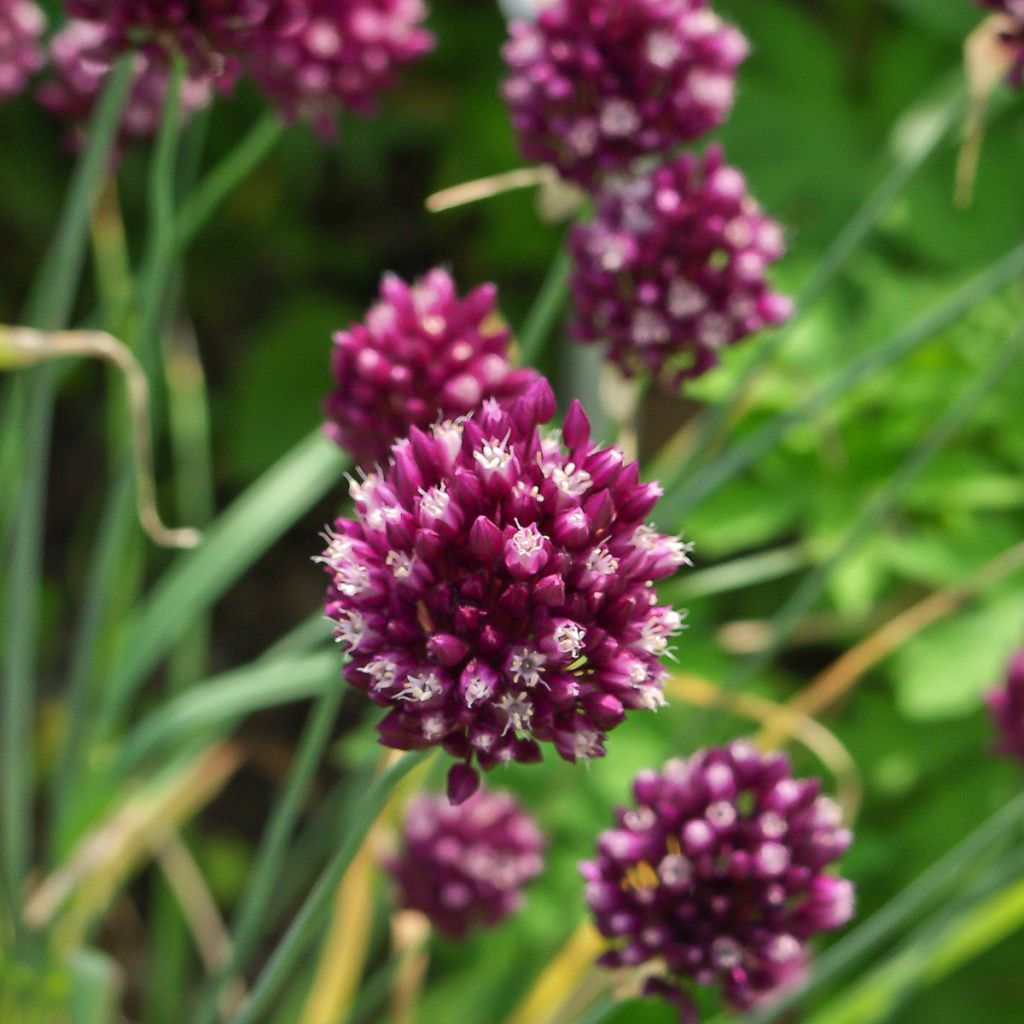

Allium rotundum subsp. jajlae
Allium rotundum subsp. jajlae
Allium rotundum
Ornamental Onion, Flowering Garlic
Why not try an alternative variety in stock?
View all →This plant carries a 6 months recovery warranty
More information
We guarantee the quality of our plants for a full growing cycle, and will replace at our expense any plant that fails to recover under normal climatic and planting conditions.
From €7.90 for pickup delivery and €6.90 for home delivery
Express home delivery from €8.90.
Does this plant fit my garden?
Set up your Plantfit profile →
Description
Allium rotundum subsp. jajlae, also known as the violet-flowered garlic or round-headed leek, is a tall ornamental garlic, vividly coloured from raspberry-red to ruby. It catches everyone's attention in the garden. Similar to rocambole garlic (A. scorodoprasum) in its overall appearance, this bulbous plant grows in large colonies but does not produce bulblets in its inflorescence. Its dense and elongated umbels are composed of small star-shaped flowers in purplish tones bordered with pink, carried on uneven petioles. They bloom at the top of a sturdy stem facing the wind. It is an extraordinary border plant, and its flowers are beautiful in bouquets.
Allium rotundum belongs to the Amaryllidaceae family. It is a species found in a vast area ranging from Spain to Morocco, Iran, and western Russia. The denomination of the subspecies jajlae is controversial, with some official sources considering it a synonym of A. rotundum. The former denomination is A. scorodoprasum subsp. rotundum. It is a bulbous plant that prefers light and rather dry soil, with a tendency towards limestone, clay, and loam, and is poor in organic matter (humus, compost).
This rotundum ornamental garlic produces up to 50 underground bulbs and bulbils, which are small and ovoid, allowing it to grow in beautiful clumps. Each bulb produces a stiff, cylindrical stem with leaves that extend to the middle. The aromatic leaves, resembling grass, are linear, flat, and smooth, measuring up to 40cm (16in) long. They are edible and used in Crimean Greek cuisine. The flowering is popular with pollinating insects. It takes place between May and early July, depending on the climate. The floral stems rise up to 60 to 80cm (24 to 32in) from the ground, depending on growing conditions. Each stem carries an irregular oval inflorescence surrounded by membranous bracts. This inflorescence is composed of 100 to 200 small star-shaped flowers tightly packed together. Each bell-shaped flower measures up to 7mm in diameter. The petals are a purple-red colour with a pale-pink margin. The pedicels that bear the flowers are unequal: at the base of the inflorescence, they are shorter and reflexed. The foliage yellows and disappears after flowering, which is a good adaptation to hot and dry summer conditions. This plant reproduces mainly through the production of numerous bulbils.
Relatively easy to grow, Allium rotundum subsp. jajlae appreciates any type of moist soil during its growing period, but always well-drained. It loves full sun. Used in borders or as edging, it can also be grown in pots to enjoy its beautiful flowering on a balcony or patio. Enhance your bouquets with its fresh or dried flowers, where they will add a colourful and unusual touch. Plant it in groups of 5, nestled among medium-sized grasses, tall and light perennials like fennel, or near broom plants. It will have a stunning effect in a wildflower meadow, alongside poppies, damask nigellas, and other centaureas. For a spectacular sculptural effect, pair it with Buxus balls. This garlic can also be grown in the vegetable garden to supply cut flowers.
Handy vegetable tip: plant a few ornamental garlics in the middle of strawberry plants to protect them from fungal diseases and add some pleasant blooms that are sometimes lacking among the vegetables.
Plant habit
Flowering
Foliage
Botanical data
Allium
rotundum
Alliaceae - Liliaceae
Ornamental Onion, Flowering Garlic
Allium roundum, scorodoprasum) subsp. jajlae
Cultivar or hybrid
Other Allium
View all →Planting and care
Allium rotundum subsp. jajlae is an ornamental garlic that is rather easy to grow in ordinary, well-drained soil, even if dry in summer. Plant it preferably before the end of October so that it has time to establish itself well. Alliums fear winter humidity and waterlogged soils that cause the bulbs to rot. Give them a sunny spot in light, loamy, sandy, or even slightly rocky soil. Bury them at a depth of 10 or 15cm (4 or 6in), spaced 10cm (4in) apart. They are not very demanding and prefer moderately fertile soil, but occasionally appreciate a slow-release fertiliser in poor soils.
Planting period
Intended location
Care
This item has not been reviewed yet - be the first to leave a review about it.
Haven't found what you were looking for?
Hardiness is the lowest winter temperature a plant can endure without suffering serious damage or even dying. However, hardiness is affected by location (a sheltered area, such as a patio), protection (winter cover) and soil type (hardiness is improved by well-drained soil).

Photo Sharing Terms & Conditions
In order to encourage gardeners to interact and share their experiences, Promesse de fleurs offers various media enabling content to be uploaded onto its Site - in particular via the ‘Photo sharing’ module.
The User agrees to refrain from:
- Posting any content that is illegal, prejudicial, insulting, racist, inciteful to hatred, revisionist, contrary to public decency, that infringes on privacy or on the privacy rights of third parties, in particular the publicity rights of persons and goods, intellectual property rights, or the right to privacy.
- Submitting content on behalf of a third party;
- Impersonate the identity of a third party and/or publish any personal information about a third party;
In general, the User undertakes to refrain from any unethical behaviour.
All Content (in particular text, comments, files, images, photos, videos, creative works, etc.), which may be subject to property or intellectual property rights, image or other private rights, shall remain the property of the User, subject to the limited rights granted by the terms of the licence granted by Promesse de fleurs as stated below. Users are at liberty to publish or not to publish such Content on the Site, notably via the ‘Photo Sharing’ facility, and accept that this Content shall be made public and freely accessible, notably on the Internet.
Users further acknowledge, undertake to have ,and guarantee that they hold all necessary rights and permissions to publish such material on the Site, in particular with regard to the legislation in force pertaining to any privacy, property, intellectual property, image, or contractual rights, or rights of any other nature. By publishing such Content on the Site, Users acknowledge accepting full liability as publishers of the Content within the meaning of the law, and grant Promesse de fleurs, free of charge, an inclusive, worldwide licence for the said Content for the entire duration of its publication, including all reproduction, representation, up/downloading, displaying, performing, transmission, and storage rights.
Users also grant permission for their name to be linked to the Content and accept that this link may not always be made available.
By engaging in posting material, Users consent to their Content becoming automatically accessible on the Internet, in particular on other sites and/or blogs and/or web pages of the Promesse de fleurs site, including in particular social pages and the Promesse de fleurs catalogue.
Users may secure the removal of entrusted content free of charge by issuing a simple request via our contact form.


































